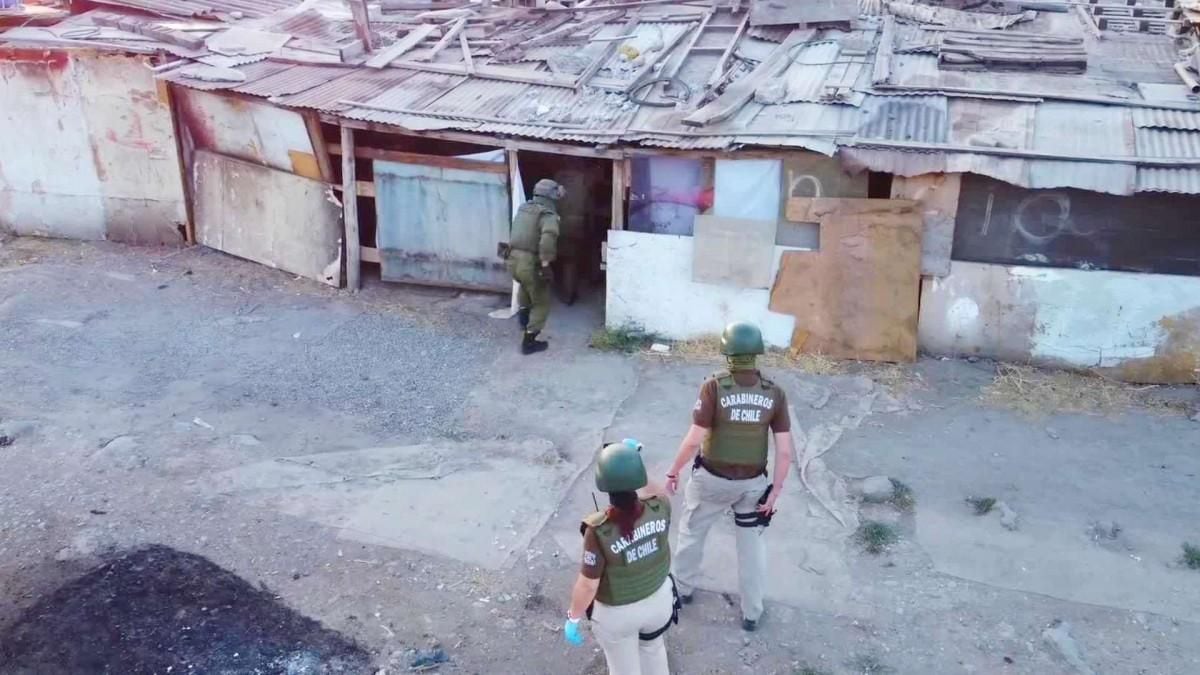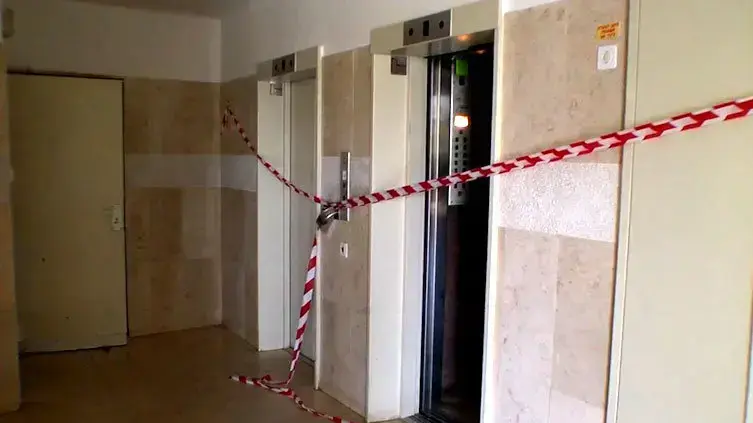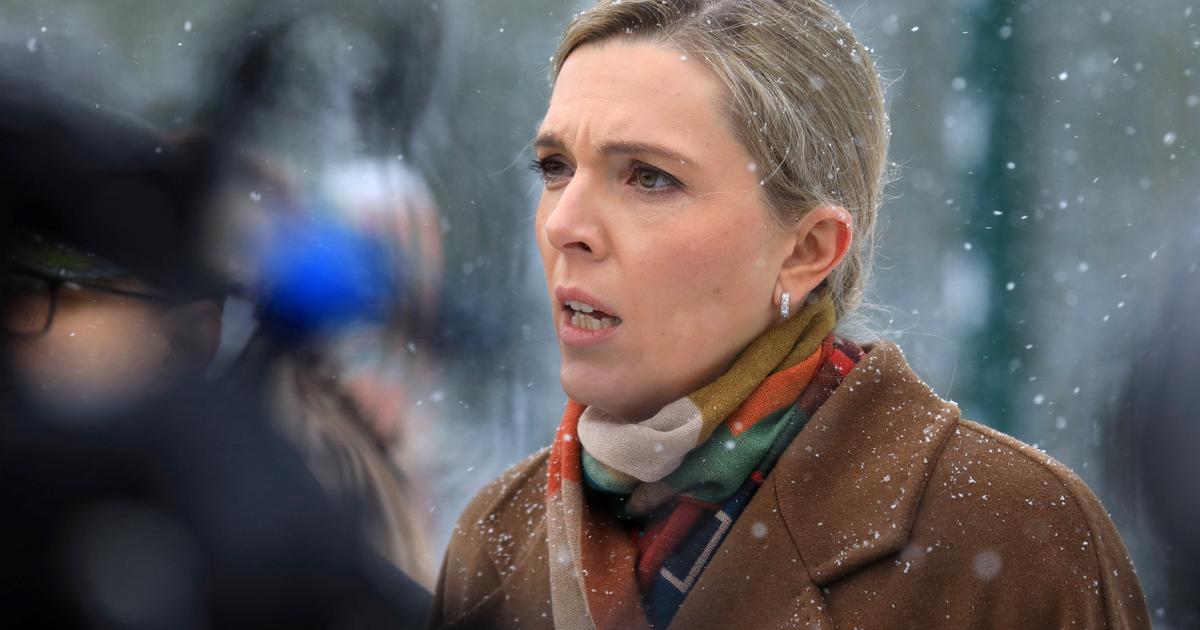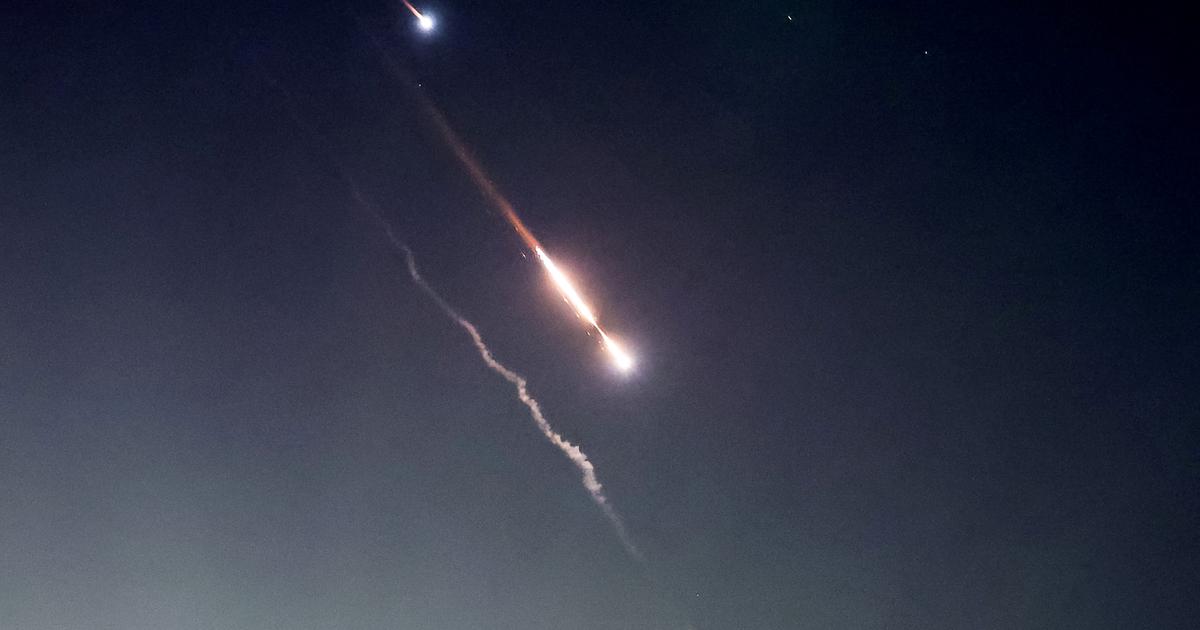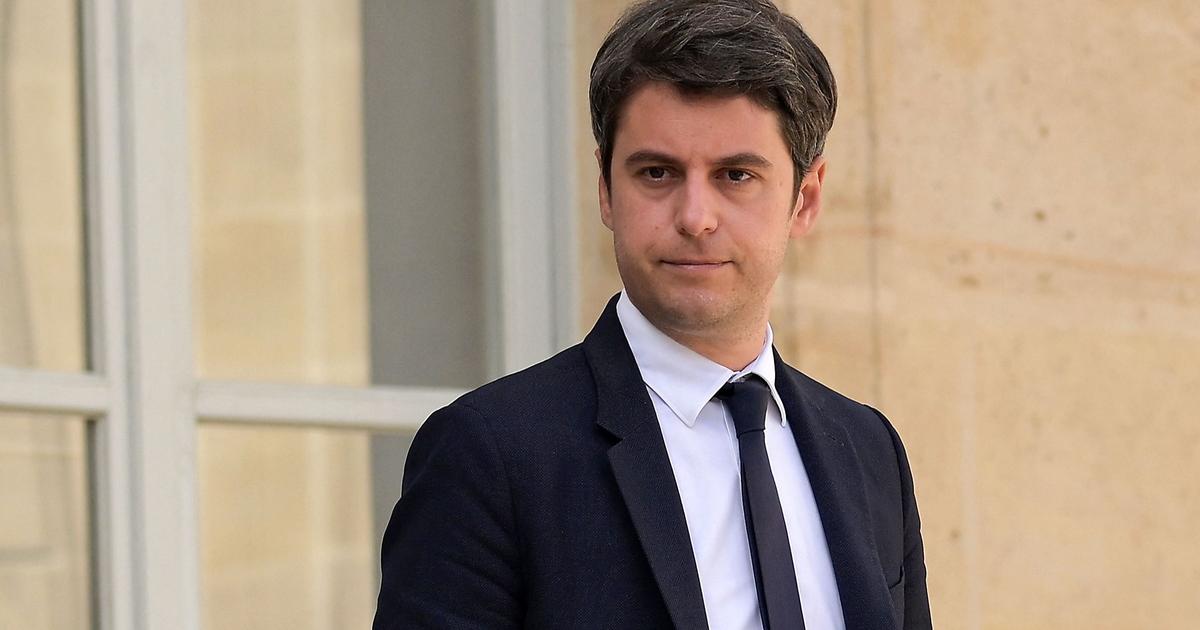Chilean border police agents control migrants who illegally crossed into Chile from the border with Bolivia, in Colchane, on February 3, 2022. DIEGO REYES (AFP)
Mauricio González (Santiago de Chile, 63 years old) is known as "the teacher from Colchane".
He arrived at the end of the eighties to teach classes at the Chilean border crossing, on the border with Bolivia, almost 2,000 kilometers north of the capital.
Since then, he has witnessed the arrival of electricity, drinking water and, later, the migration crisis that Chile is facing.
Colchane, a town of 1,700 inhabitants, has been the gateway for thousands of undocumented migrants, mainly Venezuelans.
"In this place, without toilets or infrastructure, 1,400 people arrived in two days," he describes by phone.
“And when people are cold and hungry they do whatever it takes to save their lives.
We have already had 27 deaths, we have to do something as a country, ”he urges.
The professor from Colchane is one of the protagonists of the documentary
Esperanza sin Frontera
, made by the Archbishopric of Santiago.
The production portrays the desperation of the families and the problems that the wave of irregular income has dragged on.
“The situation was critical at the time.
These people occupied all the spaces they could to shelter, they committed criminal acts, threatened people with weapons, stole clothes... it was catastrophic.
The police couldn't cope with so many people,” says González.
During the pandemic, the professor and his wife, together with a group of nuns, have dedicated themselves to receiving migrants in the Our Lady of Sorrows Chapel, converted into a reception center where they offer shelter and food to around fifty women. and children every day.
The film premiered this Wednesday in the framework of the announcement of a round table with representatives of the State, the private sector, civil society and international organizations to design a socio-labour insertion plan for the dozens over the next three months. of thousands of migrants and refugees who now live in Chile.
In the last weeks of August they will announce the conclusions of the six sessions contemplated.
The archbishopric extended the invitation through the vicarage to establish a roadmap in three months that offers solutions in the short and medium term.
“We know that it is a challenging goal,” says Luis Berrios, executive secretary of the Caritas Social Pastoral Vicariate, “but we believe that we can meet the needs of the country with the opportunity that migrants represent in jobs that many Chileans who do not want to do or where there is a deficit, such as in the field of medicine, where there is a lack of personnel”.
In 2021, nearly 50,000 foreigners went to the authorities to voluntarily declare their clandestine entry to Chile.
The north is the gateway, but many only stay there until they have enough money to carry out a PCR and buy a ticket to the capital.
"There are many people who do not declare their income, which is why civil society organizations estimate that the figure is at least double," says Berrios.
The mayor of Colchane, Javier García, criticized the work table, in which representatives of the Undersecretary of Labor, the National Migration Service, the Confederation of Production and Commerce (CPC), the Unitary Central of Workers (CUT ), the ILO, among others.
The work table and the possible solutions that they agree on “encourage irregular migration through unauthorized steps and also illegal migrant smuggling businesses,” García said.
“What do we do with the migrants and refugees who already live in our country?” asks Berrios.
“If we don't offer them a job opportunity, they will be condemned to live on the street or on social assistance, which is not sustainable.
And in addition to being a problem for them, it will bring problems to all of us”, he warns.
President Gabriel Boric proposed shortly after assuming the presidency a system of migratory quotas inspired by the model of the European Union.
“A migration crisis, in this case of more than six million people, especially from Venezuela, cannot fall on one or a group of countries.
We have to think about Latin American solidarity.
Brazil, Uruguay, Paraguay, and also Bolivia, have a role to play," the president said in March.
The migration crisis in Chile has left scenes like the violent episode that took place last September in an anti-immigrant march in Iquique, the main city to which Venezuelans go after their arrival in Colchane.
The protest, which brought together some 5,000 people, ended with a large bonfire in which protesters burned the few belongings of a group of homeless Venezuelans, including mattresses and baby toys.
Subscribe here to the EL PAÍS América
newsletter
and receive all the key information on current affairs in the region




/cloudfront-eu-central-1.images.arcpublishing.com/prisa/4PKPLHZOXBG5TEAQ6JNDTUJXBA.jpg)
